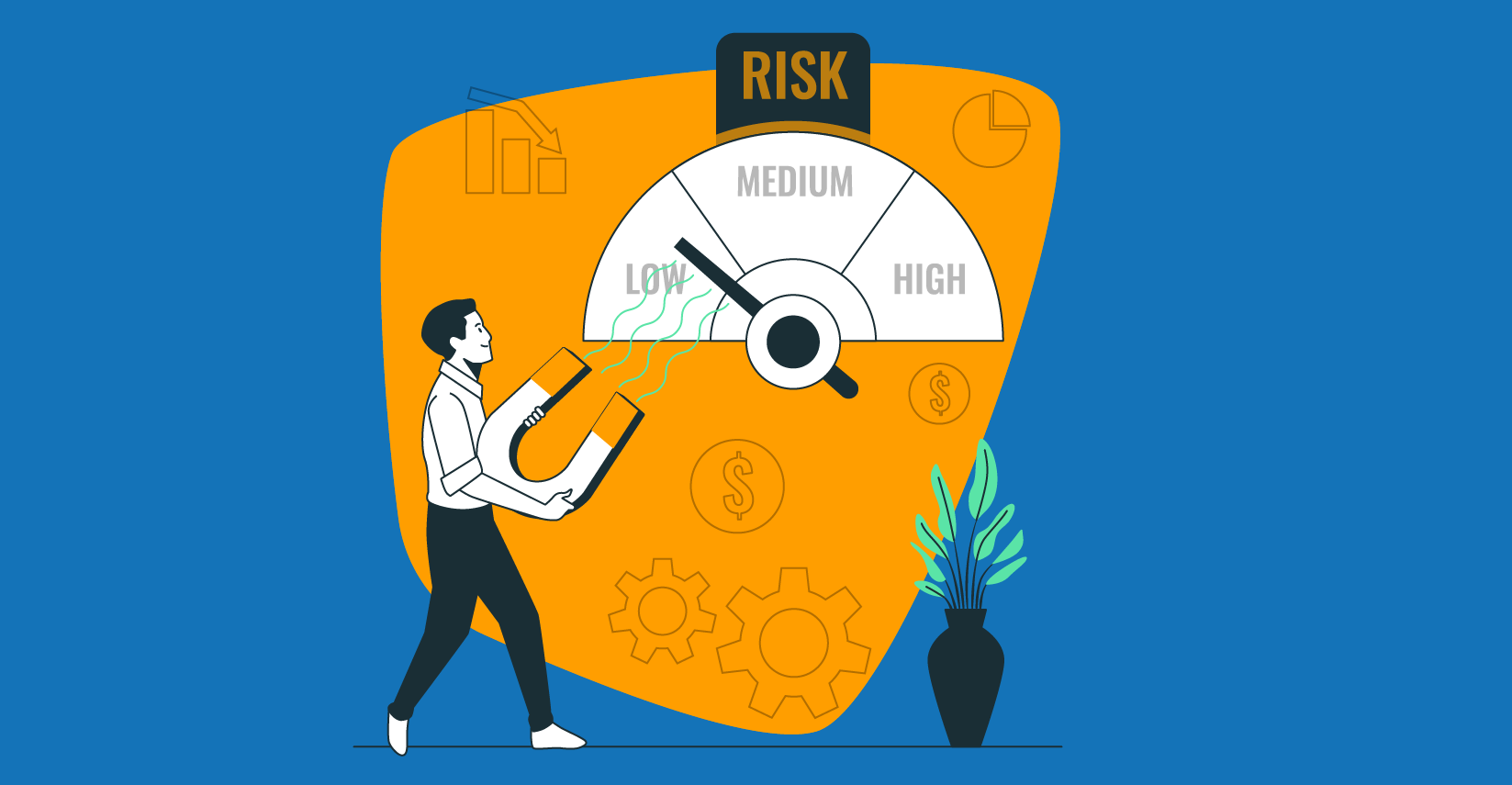Mobile Applications Performance Issues

- October 8, 2015
- admin
With the passage of time, the usage of mobile applications has increased a lot. According to a survey, the number of smartphone users in 2014 was 1.41 billion and it is expected to reach the mark of 2.56 billion users by the end of 2018. With such a rapid increase in the number of smartphone users, it can be said without any doubts that the usage of mobile applications will certainly increase as well.
As of today, there are three types of mobile apps that are being developed and used. These applications and their architectures are as follows:
Native Applications
- Run on a specific device and mobile operating system
- Built using native code
- Downloaded from an app store
- Live on the device
Mobile Web Applications
- Run on any device with a web browser
- Built using standard web technologies
- Served from an application server
Hybrid Applications
- Run on multiple mobile operating systems
- Built using a cross-platform framework
- Downloaded from an app store
- Part lives on the device and part served from an application server
These days, more time is required for testing an application as more types of testing are performed in order to make sure that the application meets its requirements. One of such types of testing is “Performance Testing”, which ensures that an application is ready for traffic. Performance testing itself has different types. Such as:
Load Testing: It monitors the system’s response time under normal and anticipated load.
Stress Testing: It deals with the upper limits of user capacity within the system. It helps in determining the performance of a website or application when the current number of users exceed beyond the maximum capacity supported for that application.
Endurance Testing: It monitors how well the system performs when there is a consistent load.
Spike Testing: This type of performance testing involves an instant rise in the load, with a goal to observe how the system behaves against this ‘spike’ in users.
The key issues that are identified in mobile and/or web applications as a result of the performance testing are:
HTTP Pipelining: The basic requirement for HTTP pipelining is that responses come back in the same order in which they were requested. However, if multiple requests are sent in parallel and the first request takes longer to process, then the responses will be out of order.
Databases: Some of the common causes of database performance issues include locking and contention, missing indexes, inefficient queries, memory management, connection management trouble, and unmanaged growth of data.
Browser Cache: Caches are used to speed up a process so that the data does not have to be recomputed. The bowser cache is needed in order to cut down the webpage load time.
Application Architecture: Architecture has a massive impact on the performance of an application. Architecture issues are often the result of unbalanced tiers, mismatched technology choices, the absence of a scalability path, and improper design. All these architectures can have severe impacts on the performance of an application.
Load Balancing: An unbalanced load can create havoc on a web application. This can be a result of bad or un-optimized algorithm and can eventually lead to lack of visibility as well as under-utilized features and capabilities.
The major performance issues identified in native and hybrid mobile applications are:
Memory Leakage: The loss of temporary memory results in the drainage of the available memory for an application, which impacts the overall functionality of the application from delaying in processes to sometimes stopping the whole application to start.
CPU Limit: The size of the mobile processor chips has an important role to play in the overall performance of the mobile device. If an application requires more CPU resources to run, then running both i.e. the application and the mandatory device applications will have an impact on the application and may cause it to slow down or even crash.
Bandwidth: Sometimes, the bandwidth is not enough for the rich content. This is due to the different connection types and speed utilization, which eventually hampers the overall performance of the application.
Power Consumption: At times, some applications consume more power than the other for running. Thus, the battery starts draining quickly and needs a recharge.
All these issue listed above can certainly affect the performance of an application in one way or the other. In order to make the applications work as desired, it is imperative to increase the testing time by conducting performance testing so that we may be aware of any glitches that may affect the application in any way.
There are millions of mobile applications out there; but, the users will only prefer those which fulfill their requirements. No one wants to use an application that crashes, consumes more power, slows down, doesn’t fetch data quickly and have a late response time. Therefore, you must test the performance of your application to make it fit for its users.
Sources: StackOverflow, CRN











